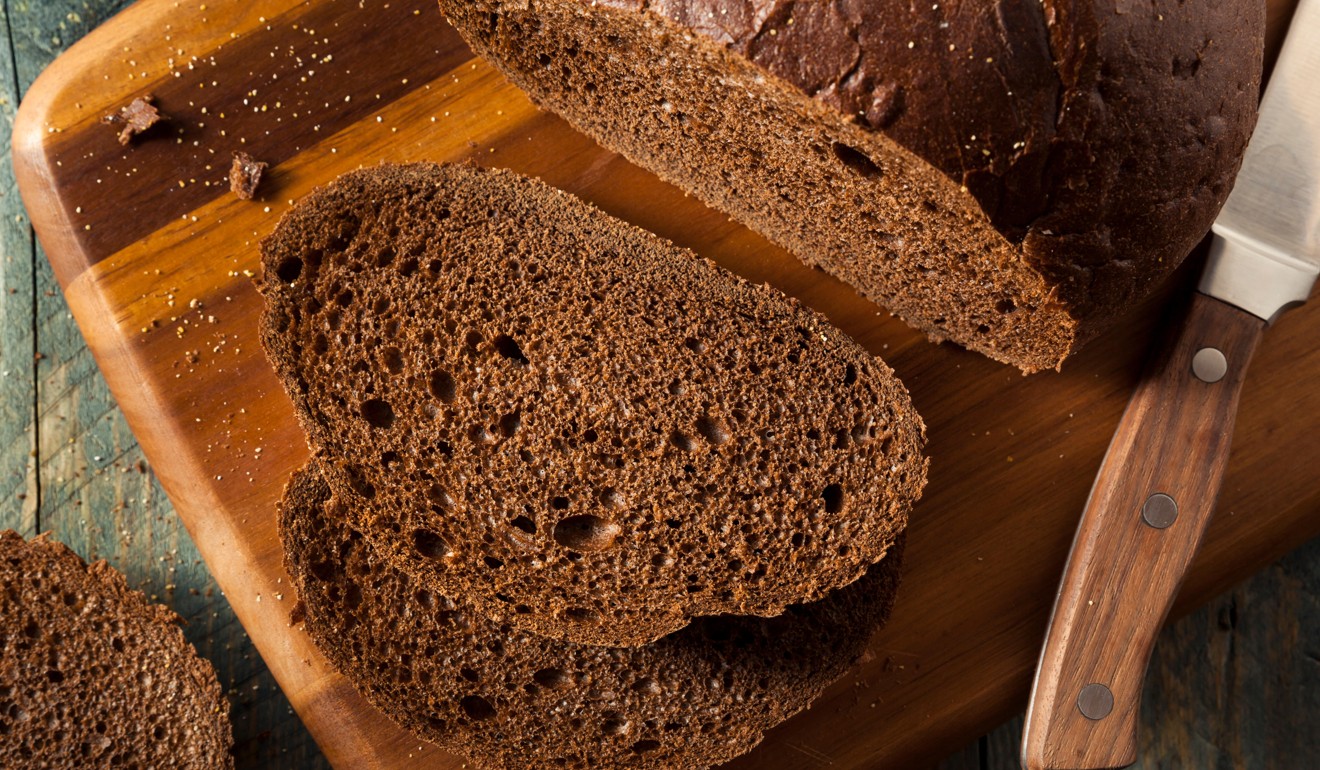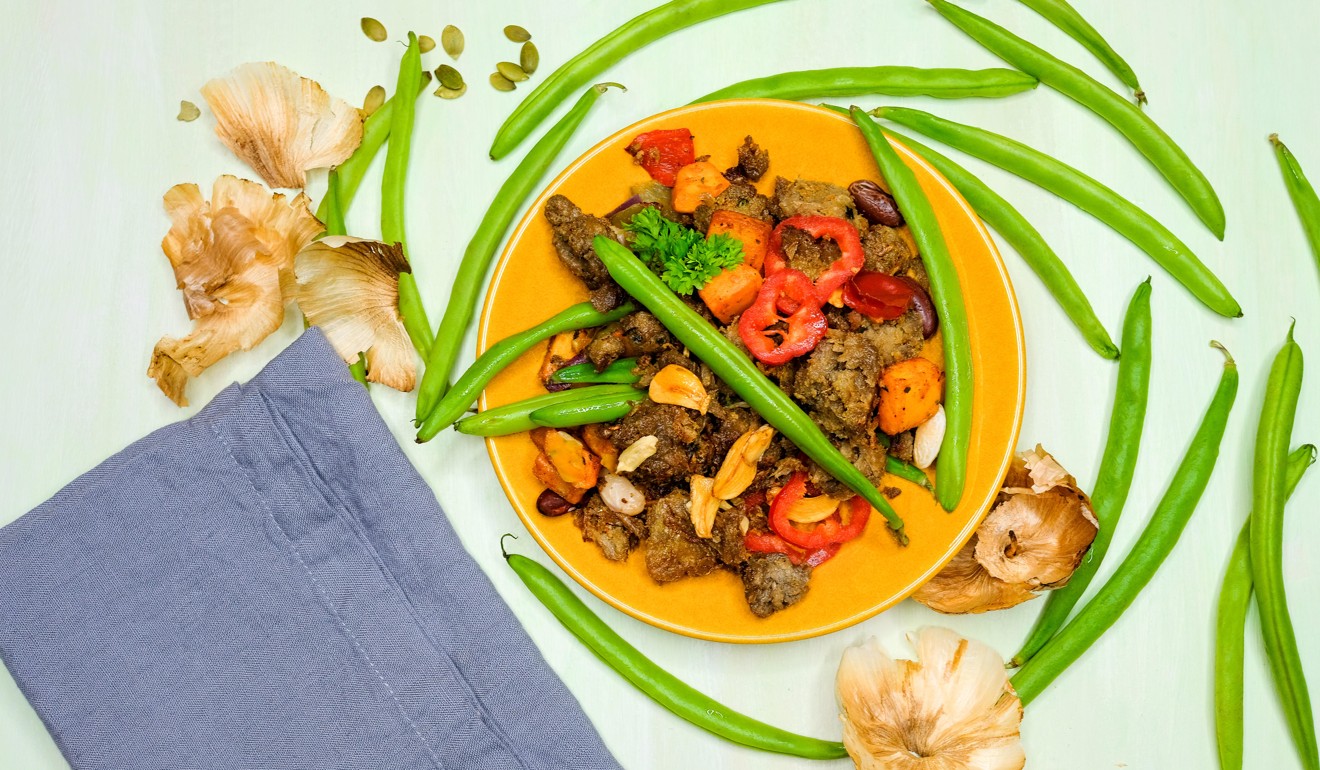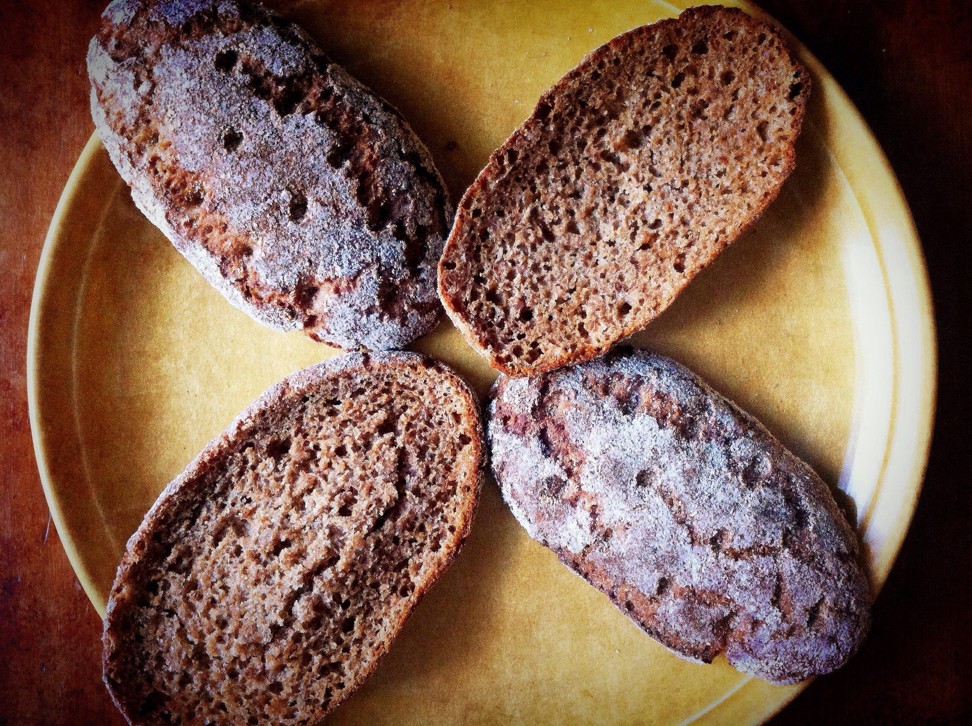
The Nordic diet: high-quality protein, low-fat dairy, high-fibre carbs ... but go easy on the cured fish
- Wholefoods and minimally processed foods are at the heart of Nordic diet. If you can’t find foods specific to region, focus on its principles: fresh and local
- The health benefits of following a Nordic-type diet include a reduced risk of cardiovascular disease and type 2 diabetes
The traditional Mediterranean diet has a substantial body of research to support its healthfulness, but there’s a new contender in town – the Nordic diet.
This way of eating was designed by a team of scientists, nutritionists and chefs to improve public health and bolster the culinary appeal of seasonal Nordic ingredients, which are foods available in Denmark, Finland, Iceland, Norway and Sweden.
Though it differs from the Mediterranean diet in ingredients, it is similar in principle.
Eating fewer processed foods and more whole and locally produced foods are things many people can do within their means – a Nordic-style diet isn’t meant to be a short-term or fad diet. It’s a lifestyle
The diet is based on whole and minimally processed foods: in this case, high-fibre vegetables, whole grains, fruit, dense breads (pumpernickel or real sourdough), fish, low-fat dairy foods, lean meat of all types (beef, pork, lamb, veal), beans and lentils, tofu and skinless poultry.
The Nordic diet derives 50 per cent of calories from carbohydrates, 25 per cent from protein, and 25 per cent from fat.
Claims that this diet can reduce the risk of cardiovascular disease and type 2 diabetes aren’t surprising given what is known about the health-promoting attributes of individual components of the diet, including high-quality, high-fibre carbs and heart-healthy omega-3 fat.
However, Lieberman points out that, unlike the Mediterranean diet, there’s much less research looking at the health outcomes of the Nordic people following the Nordic diet.

While both diets have a strong seafood focus, she recommended limiting one Nordic diet staple – cured fish – as it’s high in salt, sugar and typically nitrates.
She also recommends opting for extra virgin olive oil, preferably cold-pressed, instead of canola that plays a central role in Nordic cuisine. (Canola, unlike olives, thrives in cold climates.)
Scandinavia, where burger stands are vegan and fast food slow
Registered dietitian Jennifer Bruning, a spokeswoman for the Academy of Nutrition and Dietetics, says that while both the Nordic and Mediterranean diets are based on food availability in a certain geographical area, their principles can be applied to any location.
“The Nordic diet focuses on what people in Nordic countries have access to today, instead of looking back at historical diets and food availability,” she says.

Lieberman says the Nordic diet is more practical for those living in northern climates while the Mediterranean diet may work best in southern climates, and not just because of the types of local produce that is available.
“Staple foods that are traditionally sourced in the colder-climate Nordic countries surrounding the Baltic Sea include fatty fish like herring, salmon and mackerel; berries and other fruits; legumes; root vegetables and cabbage; and wholegrain cereals like barley, oats and rye,” she says.
“While some of these foods may be accessible, they may be heavy for those who live in warmer climates or during hot summer months.”

Affordability is also a factor. While the Nordic diet is touted as being more budget-friendly than the Mediterranean diet, largely due to inexpensive staple vegetables like cabbage and its acceptance of canned fish, there are a few caveats.
For example, Lieberman says that while breads made from whole rye and spelt flour are becoming increasingly popular in the United States, and canned, jarred and aseptically packaged fish such as sardines, mackerel and tuna are available everywhere, the Nordic diet is also rich in local berries that are difficult to export, such as lingonberries and cloudberries, so she suggests choosing berries that are local.
“Besides being more nutritious, delicious and economical, fresh food supports local farming and food systems, which is good for the economy and environment. For example, papaya is freshest in Hawaii where it’s grown.

“Colorado trout tastes best in Colorado, close to the source. There is nothing like summer corn grown on eastern Long Island or Nantucket bay scallops in the [autumn]. Citrus is most delicious in southern Florida.”
Bruning says: “If you’d like to try Nordic-style eating, think first about how you eat now, and what aspects you’d like to change.”
How to reverse type 2 diabetes via lifestyle changes
She suggests thinking of fruits and vegetables, grains, beans and lentils, and fish that you already like, then finding a few interesting recipes that use Nordic principles. For example, the Nordic plate is one-half vegetables, one-quarter high-fibre carbs and one-quarter quality protein.
“Don’t let the name stop you from adopting the principles of the Nordic diet to your life – eating fewer processed foods and more whole and locally produced foods are things many people can do within their means,” she says. “And remember that a Nordic-style diet isn’t meant to be a short-term or fad diet. It’s a lifestyle.”

With that in mind, Lieberman points out that an active lifestyle is essential to the success of both the Mediterranean and Nordic diets.
“People of the Nordic region bicycle as a means of transport even during the freezing-cold winter months, use public transport, walk everywhere even in the rain and enjoy skiing and other sports,” she says.
“Besides being physically active, they are generally environmentally minded and make daily choices with health and sustainability in mind.”

